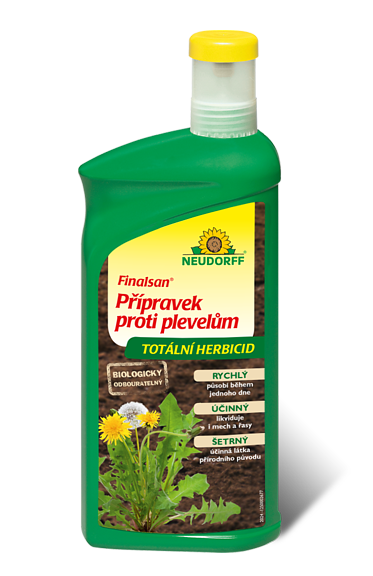Wollemia nobilis wollemi pine
Wollemi pine represents a recent and rare discovery which, in the era when people think they managed to map the whole globe and went through its every detail, is quite unique. Only at the turn of the millennium the world learned that there is a plant, absolutely new to science, found by David Noble, a field officer of the Wollemi National Park in Wentworth Falls in the Blue Mountains which is only some 200 km away from Sydney, Australia. He could easily recognize that this was a plant never seen or studied before. Scientists were given a difficult task – to find its genus. It was placed into the araucaria family, which consists of plants that are already extinct and living plants such as for example monkey puzzle tree (araucaria araucana).
Wollemi pine is an evergreen conifer with distinctively long, flat, soft needles. At the first sight it looks a bit like a tree fern, a palm frond or a big larch. Its colour is mid green. It has an elegant habit with horizontal cascades of branches. The best shape is developed in full sun or very light shade. It can be grown as a single trunk tree or multistemmed.
It was first commercially introduced in 2006 and the first plants in Europe were auctioned off for about EUR 3200 each. Thanks to easy propagation and reliable growth the prices are much more reasonable year after year, though you may yet encounter a higher price for larger specimens. This plant is so new and special that in one botanical garden it was given a steel cage for protection from theft.
Wollemi pine is very easy to grow. It likes similar conditions like any other pine. Grow it in very well-drained, permeable, neutral to slightly acid, medium fertile soil in full sun or part shade. It will also grow in deep shade but will not have as nice a habit as fully insolated plants. Irrespective of its origin the cultivation tests from Germany, Japan, and Scotland so far confirmed it is hardy to -12°C without injury, while it has not been said that it should die in lower temperatures. Unofficial news from German growers says that it survived -15°C in 2009.
Last update 16-01-2010.







































